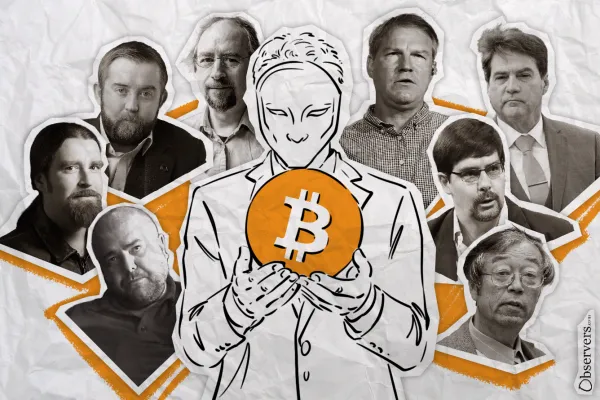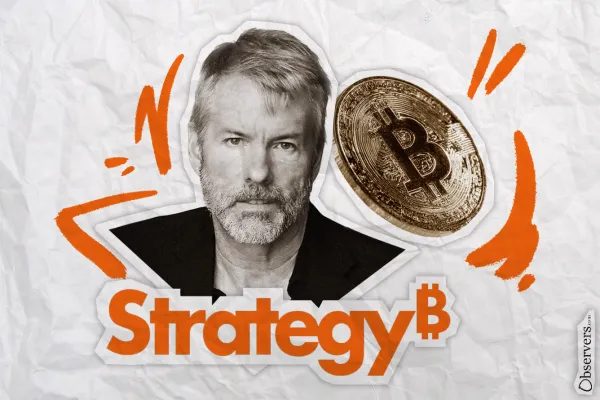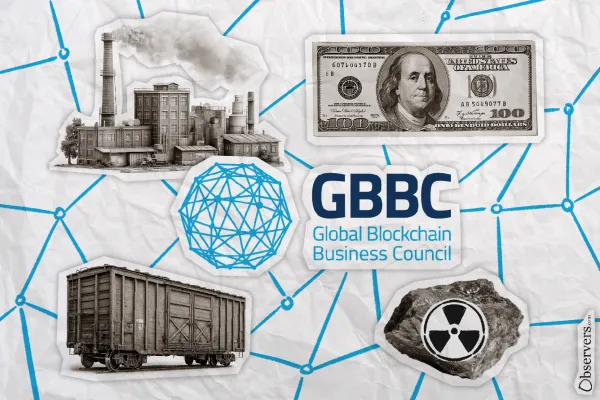Alex Harutunian




Behind Bitcoin’s code lies a name—Satoshi Nakamoto—yet no one knows who they are. Was it a lone genius, a hidden collective, or even a state project? This article explores the clues, theories, and myths—listing every notable candidate for the most elusive figure in modern tech.
Alex HarutunianCircle’s decision to bring native USDC to Hyperliquid underscores the chain’s rise as an institutional-grade DeFi hub, while advancing its strategy to make USDC the default stablecoin — trusted, redeemable, and seamlessly transferable across chains
Alex Harutunian
Mastercard’s crypto strategy has shifted from flashy announcements to practical integrations like Swapper Finance, enabling direct crypto purchases on DEXs. Yet, real-world traction for earlier initiatives like MTN or Crypto Credential remains limited, highlighting challenges of legacy adoption
Alex Harutunian
IIn 2025, TON deepened its Telegram integration, expanded its ecosystem with new DeFi projects, and upgraded its core infrastructure. While user activity rebounded strongly—reversing the shock of 2024—capital inflow lagged behind, highlighting a network rich in scale but still maturing in value
Alex Harutunian
As central banks build digital currencies with tight control, they abandon the core innovation of blockchain—permissionless design. While CBDCs favor private ledgers, the U.S. turns to stablecoins running on public rails, balancing decentralization, oversight, and market-driven innovation.
Alex Harutunian
Strategy’s Bitcoin-heavy model echoes the dotcom era: bold bets, speculative inflows, and sky-high valuations. With $30B in unrealized gains and a market cap nearly double its NAV, the company looks less like a business—and more like a leveraged crypto momentum play
Alex Harutunian
QR codes have emerged as a global interface for digital payments, gaining ground from Asia to the U.S. for their simplicity, low cost, and security. As countries move toward unified standards, the shape of money is shifting—from coins and cards to scannable squares.
Alex Harutunian
The GBBC’s 2025 Handbook captures a new phase of blockchain adoption: from renegade roots to institutional alignment. With compliant infrastructure and regulated tokenization, blockchain is no longer an outsider—it’s becoming the backbone.
Alex Harutunian


